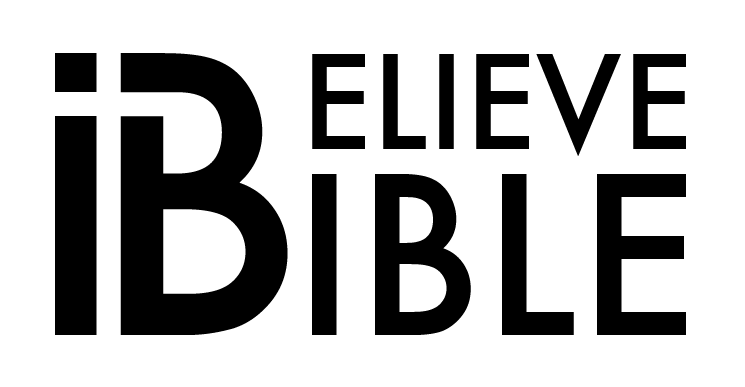The Covenant Sign
If there's one topic in the Bible that is altogether strange to many modern readers, it's circumcision. "Why is this in the Bible," you might ask, "and what in the world does it have to do with me?" Perhaps you are a man who is not from a culture that commonly practices circumcision, or perhaps you are a woman who really feels that this practice is entirely irrelevant to you. Why is that an instruction that God gave to people, and is it required of Christians today? And why are there strange metaphorical uses for it like in Romans 2:29 or Deuteronomy 30:6 that speak of circumcising...your heart?
Actually, this is a fascinating question that gives us insights into the Old Testament and an over-arching look at God's plan for humanity. Seriously.
The Bible introduces the practice of circumcision in Genesis 17 when God makes a covenant with Abraham. God promises to give the land of Canaan to Abraham and his descendants, and requires that Abraham "serve me faithfully and live a blameless life." (Genesis 17:2 NLT) And there is another requirement:
Then God said to Abraham, “As for you, you must keep my covenant, you and your descendants after you for the generations to come. This is my covenant with you and your descendants after you, the covenant you are to keep: Every male among you shall be circumcised. You are to undergo circumcision, and it will be the sign of the covenant between me and you. For the generations to come every male among you who is eight days old must be circumcised, including those born in your household or bought with money from a foreigner—those who are not your offspring. Genesis 17:9-12 NIV
In many ancient collectivistic cultures, including that of Israel, a person's legacy was very important, especially the legacy of having children. Many people understood themselves as living on through their children - and so having lots of them was very important. For Abraham's descendants, the act of circumcision was a physical symbol that this family was "cut off" from other nations, or specially selected by God. Abraham continually demonstrated his willingness to trust and believe in God, and God rewarded this faith by declaring Abraham to be a righteous man (Genesis 15:6), and promised that the "seed" of Abraham was to have a special role in the world.
"And through your descendants all the nations of the earth will be blessed—all because you have obeyed me" (Genesis 22:18).
So circumcision became the sign of the covenant - that a man was part of the lineage that would bring God's blessings to the whole world, and that this would be the work of generation after generation. Hence, this symbol involved the male reproductive organ.
In Luke 2:21-39, only eight days after being born, Mary and Joseph brought their son to the temple to be circumcised, and to officially be named Jesus. The fact that he was circumcised is the only physical description of Jesus' bodily appearance in his incarnation that we have in the Bible. This circumcision marked Jesus as a Jew, an Israelite. He was the seed of Abraham, a descendant of that promised lineage whose righteousness in the eyes of God was determined by humanity's faith in God's faithfulness. Jesus came to fulfill the covenant - to bring God's blessings to the whole world through Israel. By fulfilling the law and all the covenants God made with Abraham's family
In the early church, new believers couldn’t stop fighting about the question of circumcision. Jewish believers, including Jesus’ original disciples, were all circumcised, and some of those followers demanded that all new converts from outside of Judaism be circumcised as well. Gentile believers, unsurprisingly, were not particularly enthusiastic about undergoing such a painful procedure, and those in the church of Galatia (among others) ended up confused over what to do - possibly even considering leaving Christianity (Galatians 1:6; 4:8-9)
Paul argued that circumcision had nothing to do with the essentials of the Gospel because it was a precursor and foreshadowing of the Gospel. Likely fed up with this argument, Paul lays the matter to rest in 1 Corinthians 7: “Was a man already circumcised when he was called? He should not become uncircumcised. Was a man uncircumcised when he was called? He should not be circumcised. Circumcision is nothing and uncircumcision is nothing. Keeping God’s commands is what counts” (7:18-19 NIV).
Sixteenth-century Lutheran theologian Rupertus Meldenius sums up the discussion of orthodoxy and heterodoxy thus: “In essentials unity, in non-essentials liberty, in all things charity.” As the Lutherans can tell you, however, this still leaves a vital question: which things are essential? For both Paul and Abraham, the answer is faith. (Romans 4:3)
Related texts or passages to consider: Romans 14:1-5, Galatians 5:2
Talk Back:
- Covenants are an important concept in the Bible. Read through Genesis 15, 17, and 22. What are some of the agreements and promises between God and Abraham?
- Read Galatians 2:11-21. What seems to be going on here? What was the disagreement between Paul and Cephas (Peter)?
- Read Ephesians 2:11-22. What does Paul say about the relationship between Jewish people and non-Jewish people in relation to circumcision? What has Jesus achieved for people of different ethnicities outside of Israel?
- Read Colossians 2:8-15. How does Paul use circumcision as a symbol for human spiritual status? How can you apply these ideas to your own faith? Can you connect these ideas to Romans 2:29 or Deuteronomy 30:6?
- If we must choose, is it more important that a church all believes the same thing, or that they are welcoming and loving to as many people as possible?
- What should Christians do if they disagree with the decisions of someone in their church?
- How do we decide which things are essential and which are not?

Comments